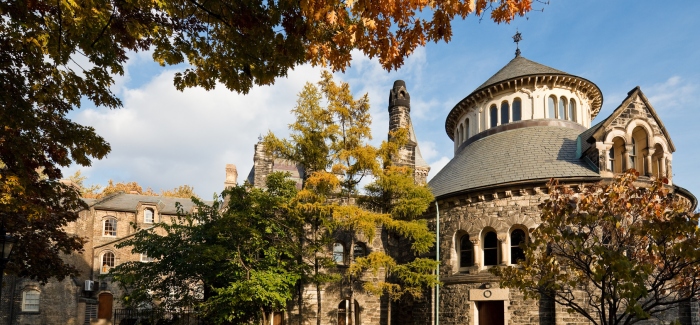If you’re not familiar with the US university system, things can get a little confusing, particularly when it comes to working out how much your studies are likely to cost. Here’s a quick overview of the main different types of university you can expect to encounter in the US. For more information about studying in the US, visit our country guide, or ask a question in the comments section below.
Public (state) universities
Public universities in the US, also often called state universities, receive some level of public-sector funding, via the state government. You may also find them alluded to as public or state colleges or schools, though both “college” and “school” are also used when referring to a single department or faculty within the university, such as the Law School or College of Engineering.
State universities are often (but not always) part of a state university system. This is a collection of public universities which operate separately, in different locations of the state, but with some shared management and administration. An example is the State University System of New York (SUNY), one of the largest state university systems, which comprises more than 60 campuses spread across the state of New York.
As state universities are supported by public funding, they usually charge lower tuition fees than private universities – though the actual amount students pay can vary vastly, especially once financial aid is considered. You’ll find two bands of fees listed: a lower rate for “resident” or “in-state” students (students from within the same state), and a higher rate for “non-resident” or “out-of-state” applicants. International students either pay the same fees as out-of-state students, or a separate international rate.
Community colleges
Also referred to as junior colleges, community colleges are also supported by state funding. They typically offer the chance to complete an associate’s degree, an undergraduate-level qualification which takes two years to complete. For this reason, community colleges are also often called “two-year colleges”, while other types of university in the US may be referred to as “four-year colleges”.
An associate’s degree can be beneficial and career-boosting in its own right, and can often also be used as the foundation for a bachelor’s degree, by completing a further two years’ study at another US university or college.
Community colleges tend to be on the smaller side, and their tuition fees are typically much lower than those at other types of university in the US. Like public universities, they’re sometimes grouped into state “systems”. The largest of these is the California Community Colleges System (CCCS), which governs more than 100 community colleges across the state.
Private non-profit US universities
While the majority of students in the US attend public universities and colleges, private universities account for a significant proportion of enrolments – and many of the country’s most elite and globally famed institutions. This includes the likes of Massachusetts Institute of Technology (MIT), Harvard, Yale, Princeton, Stanford, Caltech, Columbia, Cornell, Johns Hopkins, and many more.
While private universities do tend to dominate at the top of national (and international) rankings tables, it’s worth pointing out that they don’t have a complete monopoly. Leading public universities in the US, such as the University of Michigan and University of California, Los Angeles (UCLA) are held in equal esteem and are just as competitive when it comes to gaining admission.
Overall, fees at private universities tend to be higher than those at public universities and colleges. However, the initial “sticker price” is often significantly lower once financial aid is factored in, and the most prestigious institutions tend to also have the largest budgets available for providing scholarships and other funding.
Liberal arts colleges
A type of university which is especially prevalent and popular in the US, liberal arts colleges focus on teaching undergraduate-level courses in the liberal arts and sciences (although some also offer graduate-level programs and more vocational subjects such as medicine, business administration or law). They tend to be fairly small in terms of both overall enrolments and class sizes, and allow students to choose a subject to specialize in (a “major”), while also taking courses in a range of other fields.
Historically, liberal arts colleges have been known for their strong focus on teaching, individual student development, and the more academic (as opposed to vocational) side of higher education. The majority are run privately (as non-profits), though there are a few examples of public universities which are essentially liberal arts colleges, such as the University of Mary Washington, in the state of Virginia.
For-profit US universities and colleges
While most of the best-known universities in the US are classified as either “public” or “non-profit” organizations, the past few decades have seen a growth in the number of for-profit private universities and colleges. Unlike other types of university, for-profits operate as business ventures, aiming to make money for their shareholders as well as providing a good education for their students.
The trend towards more for-profit universities has generated significant controversy, with critics calling for stricter regulations to ensure students and families are ensured a good return on their investment. In the past few years, a stream of negative publicity has been followed by a decline in enrolments at for-profit universities, but they continue to play a significant role in the US higher education sector.














